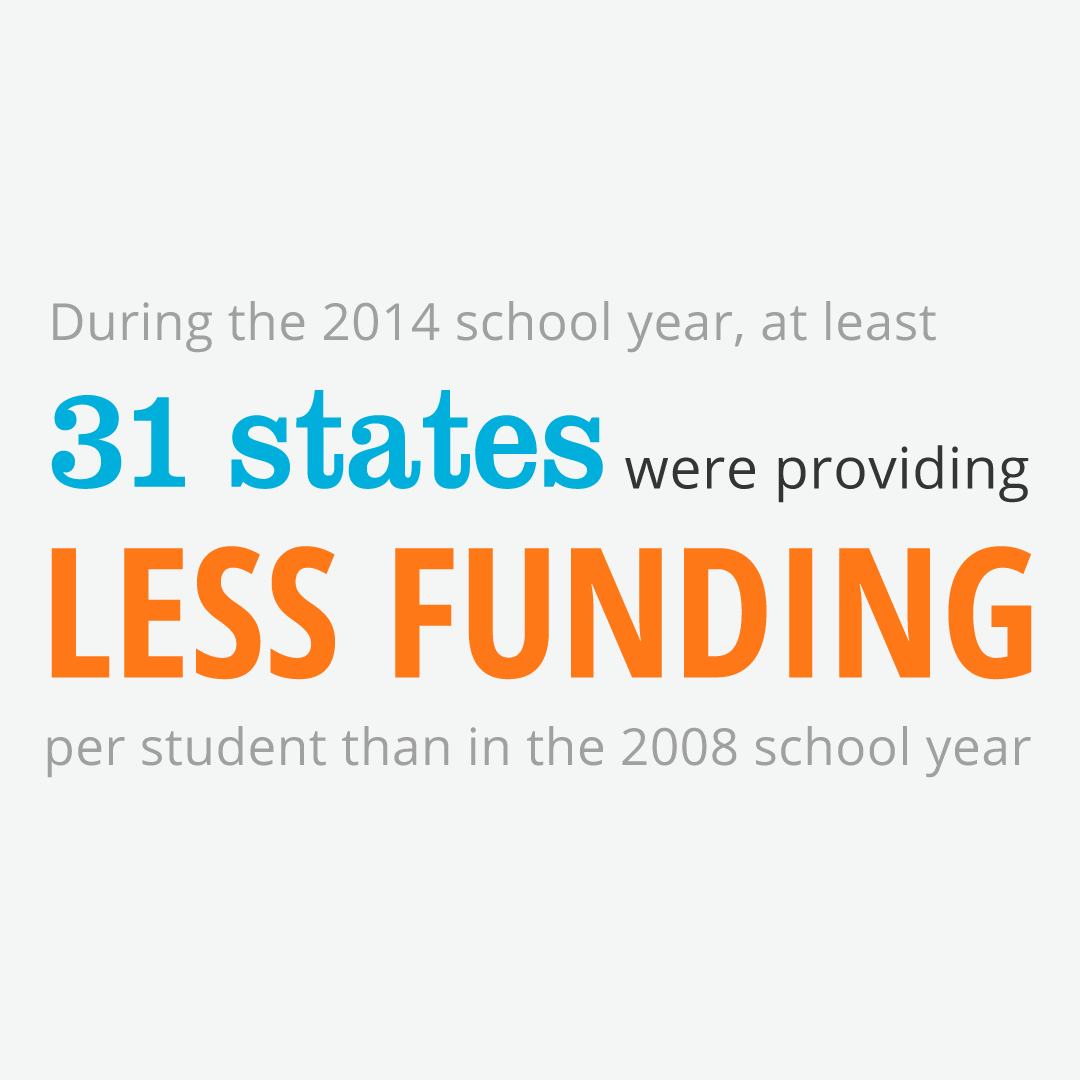On Thursday, February 22nd, the Engineering & Public Works Roadshow series made its fifth stop, this time in Phoenix, Arizona, celebrating the state’s Northwest Valley Infrastructure Project. With news that a semiconductor plant was coming to Phoenix, the team at Wilson Engineers and Carollo Engineers worked diligently to provide wastewater and transportation services to the area. The Roadshow commended the engineers and city officials responsible for moving the project along efficiently.
The roadshow is a partnership between the American Society of Civil Engineers (ASCE), the American Public Works Association (APWA), and the American Council of Engineering Companies (ACEC) to highlight the meaningful, transformational work of engineers and public works professionals and to encourage students and young professionals to pursue rewarding careers in engineering and public works.
“I am excited to see the Northwest Valley Infrastructure Project recognized by ACEC, APWA, and ASCE. This accomplishment highlights the important role that meticulous planning, design, and construction efforts play in ensuring the success of critical ventures like our city’s new TSMC plant, said Phoenix Mayor Kate Gallego. “The Roadshow recognition is a testament to our commitment to excellence and innovation in infrastructure, and further cements Phoenix as a leader in development.”
At today’s press conference, Mayor Kate Gallego, Phoenix Water Services Director Troy Hayes, and representatives from the City and Wilson Engineers, and leaders from ACEC, APWA, and ASCE offered comments on the importance of projects like the Northwest Valley Infrastructure Project.

After a shortage of computer chips brought industries to a standstill during the COVID-19 pandemic, Congress passed the Creating Helpful Incentives to Produce Semiconductors and Science (CHIPS) Act of 2022. Among other things, which Act serves to encourage semiconductor manufacturing in the United States. Taiwan Semiconductor Manufacturing Company (TSMC) saw this opportunity and decided to bring state-of-the-art semiconductor technology to Phoenix. In doing so, the need for water and transportation services in the proposed project area became prevalent.
The $125 million construction project required the installation of the water and wastewater infrastructure under an exceedingly accelerated schedule that allowed less than six months for preconstruction and procurement and only nine months for construction.
“Behind every great economic opportunity is a team of engineers driven to build the infrastructure necessary to make that opportunity a reality,” said Tom Smith, ASCE executive director. “The team behind the Northwest Valley Infrastructure Project built out the water systems necessary to support businesses and people, and that’s why this profession is so important. We need many more skilled workers to join the ranks to continue producing these kinds of economy-driving projects.”
Included in the Northwest Valley infrastructure project:
- 8 miles of 36-inch and 54-inch-diameter water transmission mains;
- Two 108-inch-diameter rib-and-lag boring tunnels, 2,300 feet long, across I-17;
- 5 miles of dual 24-inch-diameter high density polyethylene (HDPE) sewer force mains;
- 2 miles of 24-inch, 42-inch, and 48-inch diameter gravity sewer lines;
- 52-MGD pressure-reducing station (build-out phase);
- 44-MGD sewer lift station (build-out phase);
- Multiple drainage structures along the corridor; and,
- Numerous concrete structures with highly specialized coatings.
As the federal government continues to implement this monumental legislation, the second year of the Bipartisan Infrastructure Law will not be fully realized without an expanded and robust workforce. Students nationwide must be educated about the rewarding careers of civil engineering and public works so these professions have the necessary staffing to complete transformative projects.























































